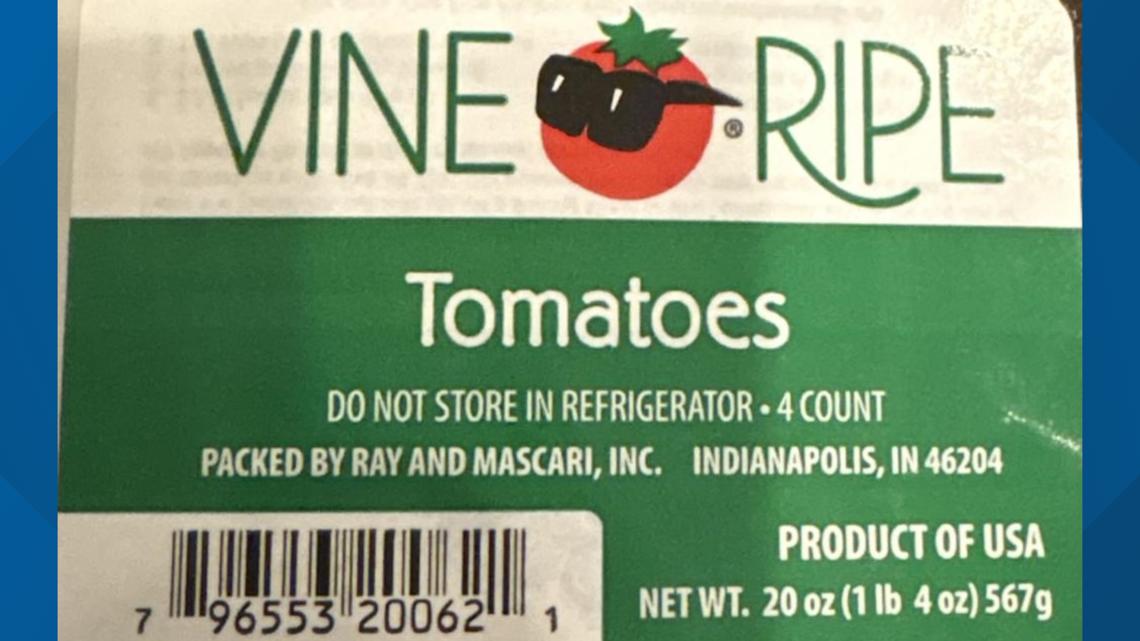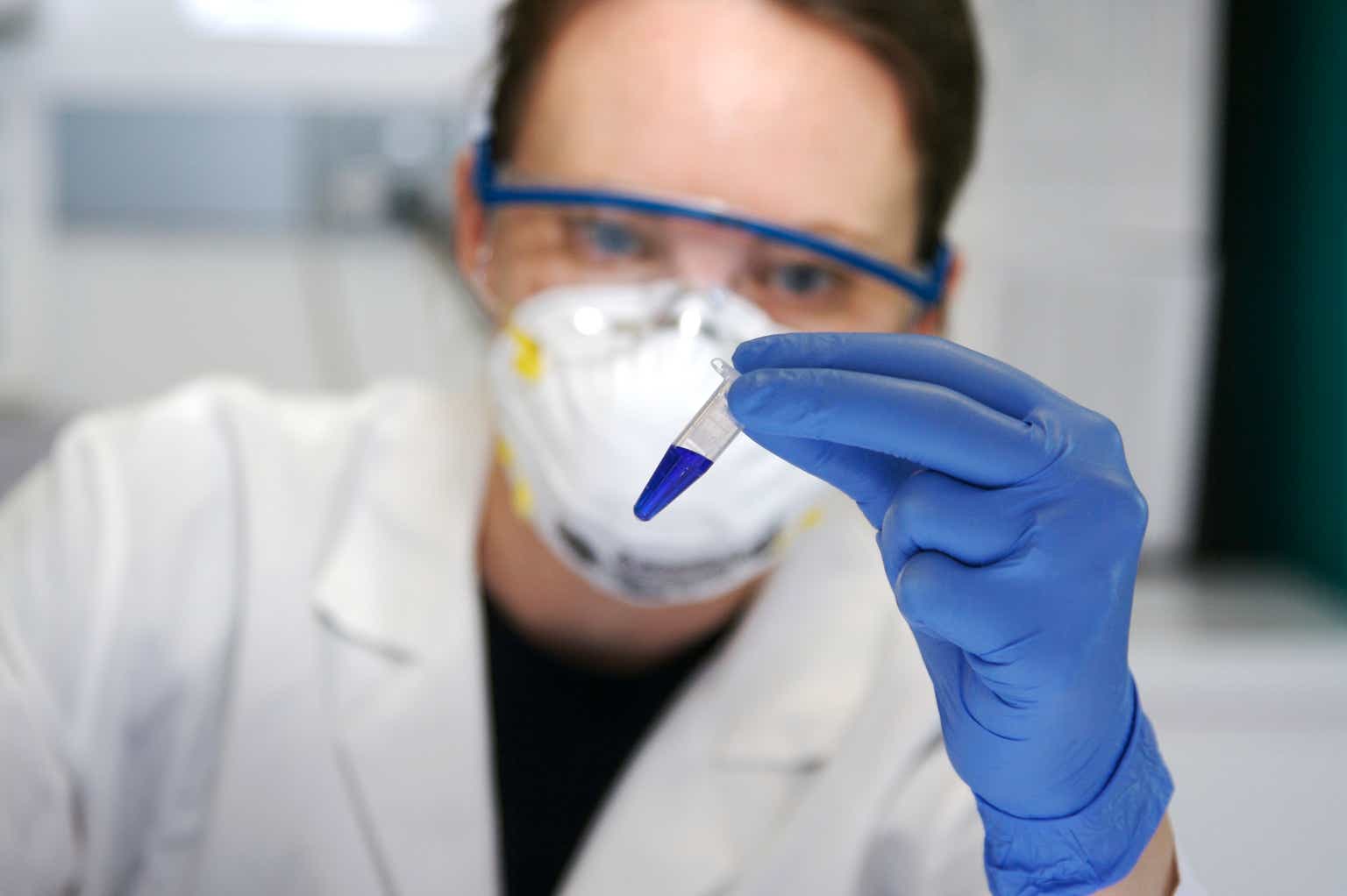President Joe Biden signed a bona fide international climate treaty on Wednesday, one that was ratified in the Senate with bipartisan support in a 69-27 vote. Twenty-one Republicans supported ratification in September, including Minority Leader Mitch McConnell.
Wait, what?
It’s stunning that any measure, let alone a global environmental agreement, could garner so much support in a bitterly divided legislature. But the Kigali Amendment to the Montreal Protocol on Substances that Deplete the Ozone Layer proved to be an outlier.
I’m proud to sign the Kigali Amendment – a historic, bipartisan win for American manufacturing and global climate action.
My Administration is phasing down super-polluting chemicals so the U.S. can lead the clean technology markets of the future and unlock thousands of new jobs.
— President Biden (@POTUS) October 27, 2022
On the surface, the Kigali Amendment may not seem like it has anything to do with the climate. But in fact, it may be one of the biggest steps to limit warming of the planet. If fully implemented, the measure would avert upward of 0.5 degrees Celsius — almost 1 degree Fahrenheit — of warming by the end of the century. Keeping in mind that the Paris climate agreement aims to hold the rise in global average temperatures below 2 degrees Celsius, the Kigali Amendment would take a big step toward that goal. And it builds on one of the most successful efforts to prevent an environmental disaster in history.
The Montreal Protocol on Substances that Deplete the Ozone Layer, as its name says, was initially meant to protect the ozone layer, the part of the atmosphere that acts as a sunscreen for the planet. It filters out high-energy ultraviolet light from the sun, which would otherwise scorch much of the life off the surface of Earth. Even a thinning ozone layer can pose problems, causing cancer and cataracts in people living below.
In the 1970s, scientists found that the ozone layer was declining. In the early 1980s, they found a hole in the layer over Antarctica. Scientists at the time warned the ozone layer was on track to vanish entirely.
The culprit was a class of synthetic chemicals called chlorofluorocarbons (CFCs). They were commonly used as propellants in aerosol cans and refrigerants in air conditioners. But when they leaked into the atmosphere, CFCs rapidly devoured ozone molecules.
Countries around the world convened to try to solve the problem, and in 1987, developed the Montreal Protocol. It was the first treaty to be ratified by every country in the world. Countries began to phase out CFCs entirely. And it worked. The ozone layer is on track to heal entirely. By 2065, the Montreal Protocol is estimated to have prevented 443 million skin cancer cases, 2.3 million skin cancer deaths, and more than 63 million cases of cataracts in the United States alone, according to the State Department.
The Montreal Protocol also had a massive unanticipated side benefit. CFCs are also potent greenhouse gases, with some varieties that are more than 13,000 times more powerful than carbon dioxide when it comes to heating up the planet. The Montreal Protocol has thus been the single most effective action taken to date to mitigate climate change.
There was an unanticipated problem as well. CFCs were replaced with another class of chemicals called hydrofluorocarbons (HFCs) in many applications. While HFCs aren’t as damaging to the ozone layer, they are powerful greenhouse gases. The Kigali Amendment, drafted in 2016, aims to zero out HFCs as well.
But why did so many Republicans back Kigali when they’ve criticized just about every other major international environmental agreement? Recall that many Republican lawmakers cheered when then-President Trump began the process of withdrawing the US from the Paris climate accord.
Part of the reason for Kigali’s success may be that conservative stalwarts Margaret Thatcher, a former chemist, and Ronald Reagan, a skin cancer survivor, were framers of the initial Montreal Protocol.
Another is that the amendment comes packaged with solutions. There are already climate-friendly refrigerants on the market, and appliance manufacturers are eager to deploy them. Some lawmakers see this as an opportunity to play to the US’s strengths.
“This amendment will give American manufacturers the ability to continue exporting sustainable coolants and the products that depend on them,” said Sen. John Kennedy (R-LA) in a statement. “Not only does this create tens of thousands of jobs here at home, it protects our markets from becoming a dumping ground for China’s outdated products.”
President Biden also highlighted the economic benefits of the treaty, projecting that it would lead to 33,000 new manufacturing jobs in the US, another $4.8 billion in exports, and grow the overall economy by $12.5 billion every year.
The Kigali Amendment will “spur the growth of manufacturing jobs, strengthen U.S. competitiveness, and advance the global effort to combat the climate crisis,” Biden wrote in a statement.
The Environmental Protection Agency has already begun the process of developing new regulations for HFCs. A rule proposed last year aims to cut US use of HFCs by 85 percent over the next 15 years. That would prevent the equivalent of 4.7 billion tons of carbon dioxide being emitted between 2022 and 2050.
Temperatures are already rising, however, and cooling demand is growing. In some parts of the world, artificial cooling is necessary for survival. Air conditioning creates its own environmental footprint as it quaffs electrons. So there is urgent demand for sustainable, efficient cooling. But staying cool while stopping the planet from getting warmer will also require strategies beyond air conditioning, like planning cities and designing buildings to cool down passively.
















